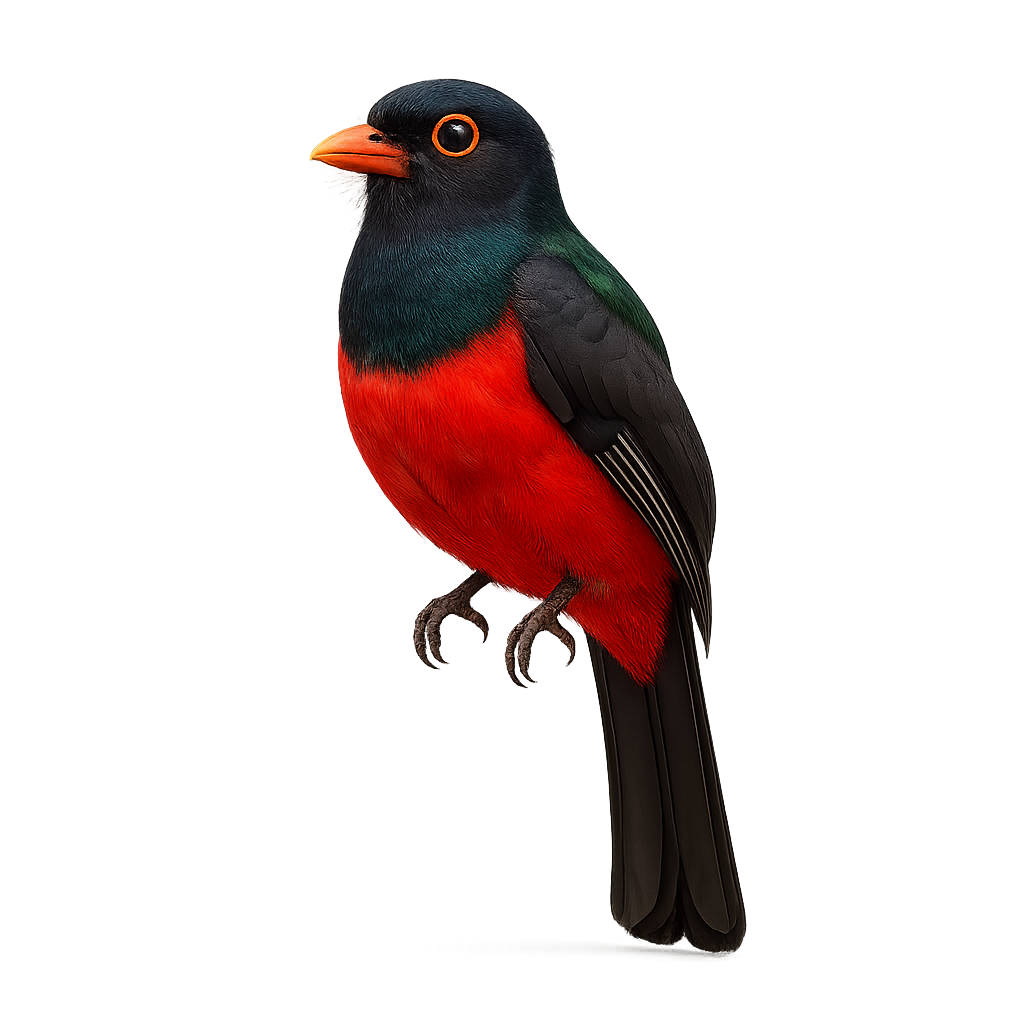Your wildlife photography guide.
Explore the massena's trogon in detail, study its behavior, prepare your shots.
Where to observe and photograph the massena's trogon in the wild
Learn where and when to spot the massena's trogon in the wild, how to identify the species based on distinctive features, and what natural environments it inhabits. The WildlifePhotographer app offers tailored photography tips that reflect the massena's trogon’s behavior, helping you capture better wildlife images. Explore the full species profile for key information including description, habitat, active periods, and approach techniques.
Massena's trogon
Scientific name: Trogon massena

IUCN Status: Least Concern
Family: TROGONIDAE
Group: Birds
Sensitivity to human approach: Suspicious
Minimum approach distance: 20 m
Courtship display: March to June
Incubation: 17-19 jours
Hatchings: April to July
Habitat:
Humid tropical forests and mountains of Central America, mainly in Costa Rica, Panama, and southern Nicaragua
Activity period :
Primarily active during the day, with peak activity in the morning and late afternoon.
Identification and description:
The Massena's Trogon is a colorful bird found primarily in the humid tropical forests and wooded areas of Central America, particularly in Costa Rica, Panama, and Nicaragua. It typically measures about 26 to 30 cm in length and weighs between 90 and 120 g. Its plumage is vibrantly colored, with a green and red body, a yellow chest, and a black head, giving it a distinct appearance. The Massena's Trogon primarily feeds on fruits, berries, and small insects that it finds in the trees. It is often observed perched on branches, where it moves calmly and discreetly. While its population remains stable in some areas, it is sometimes threatened by deforestation and the loss of its natural habitat.
Recommended lens:
400 mm – adjust based on distance, desired framing (portrait or habitat), and approach conditions.
Photography tips:
Use a telephoto lens to photograph this magnificent Massena's trogon, especially when it perches on trees or when it is flying. The soft light of early morning or evening is ideal for capturing its vibrant colors. Be discreet and respect their space to avoid disturbing their natural behavior, especially during the breeding season.
The WildlifePhotographer App is coming soon!
Be the first to explore the best nature spots, track rutting seasons, log your observations, and observe more wildlife.
Already 1 430 wildlife lovers subscribed worldwide

